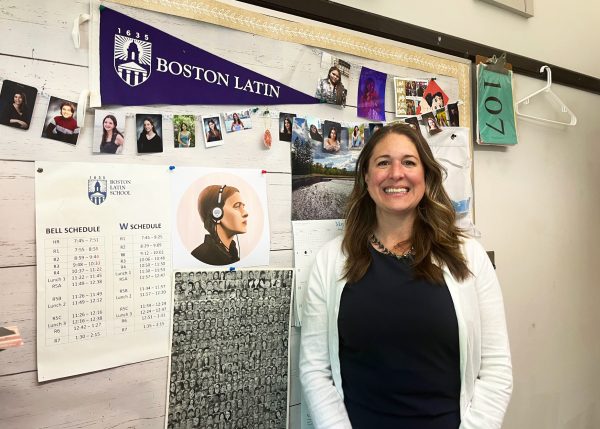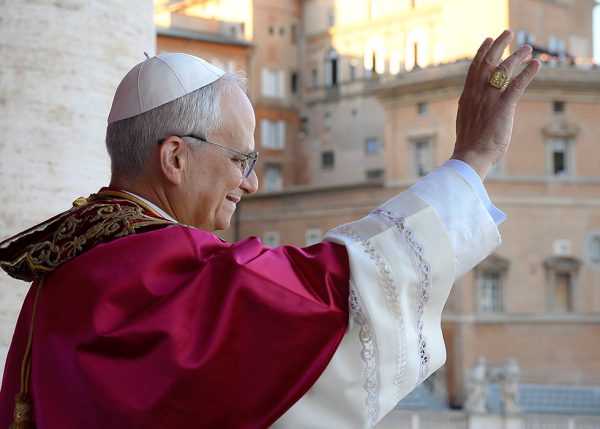New MBTA Redesign Is Bussin’ Along
On May 16, the Massachusetts Bay Transportation Authority (MBTA) revealed its proposal for a redesign of Boston’s bus network, planning to make extensive changes that better serve the needs of the city’s commuters.
Over the years, Greater Boston has undergone many geographic shifts and changes in where people live, work and go to school. The MBTA hopes to create a more reliable and useful bus network to respond to these changes.
Aside from designing new bus routes, this proposal also plans to make changes to the length, direction and frequency of existing routes.
One neighborhood that would be impacted by the redesign is Boston Latin School’s Longwood Medical Area. This is one of the most congested areas in Boston in terms of both vehicles and pedestrians. Major changes, such as an increase in high-frequency routes from two to six, would therefore have a significant impact.
Some BLS students are uncertain whether the redesign would actually improve their commute. Susan Chen (III), a South End resident, often takes the 39 bus to and from school, which would no longer continue along the Green E Line route to Back Bay.
Chen says, “I know a lot of people take [the 39] to school from the South End and Prudential part, which it won’t pass through anymore.” She adds, “If the [Green E Line] train is running late, I won’t be able to take this bus instead anymore.”
Jude Cannon (III) is also a regular bus commuter. He takes the CT3 route, which would be replaced by the T12. The T12 would serve the same general areas as the CT3, but the location of its stops would change.
He says, “The new T12 is actually very far away from the stop I usually use. […] Although I do think that it addresses an important issue, I don’t see it as a good solution.”
A driving factor for this proposal was that Greater Boston’s most transit-dependent populations rely on the bus to get to where they need to go. During the COVID-19 pandemic, buses retained more riders than any of the MBTA’s other transportation services.
Overall, the redesign would bring a 25 percent increase in bus service, including a 70 percent increase in weekend service.
This is because, as Christof Spieler, an advisor to the MBTA’s Better Bus Project, says, “[The current system] is a system which in large part has been planned for nine-to-five commutes, but we do not live in a nine-to-five world for people who depend on transit service. […] There’s a lot of service jobs which require people to travel at all times of day.”
Another goal of the proposal is to increase the number of routes that have high-frequency service. This is defined as having buses run every 15 minutes or less, from 5 A.M. to 1 A.M., seven days a week. The MBTA currently has 15 high-frequency bus routes. Under the new system, it would have 30. The proposal quantifies that high-frequency service would be accessible to 275,000 more residents, including 115,000 more residents of color and 40,000 more low-income households.
The redesign project has been in the works since 2018 as part of the MBTA’s larger Better Bus Project, an 8 million-dollar plan to make improvements to the bus network. For now, the MBTA is collecting feedback from the public about the proposed redesign through an online form and through community meetings. The feedback will be reflected in a final map, which is expected to be released in the fall of 2022.
The MBTA hopes to start implementing the changes to the routes in the spring of 2023, and to complete the redesign in 2028.
A detailed look at the proposal can be found on the MBTA’s website. Resources include an interactive map of the proposed network, documents regarding specific changes to individual neighborhoods and a feature to see how one’s commute would change under the new system.







Luis F Sanchez • Nov 6, 2022 at 12:57 am
I strongly advise for late bus service in some areas between 1 and 3 am